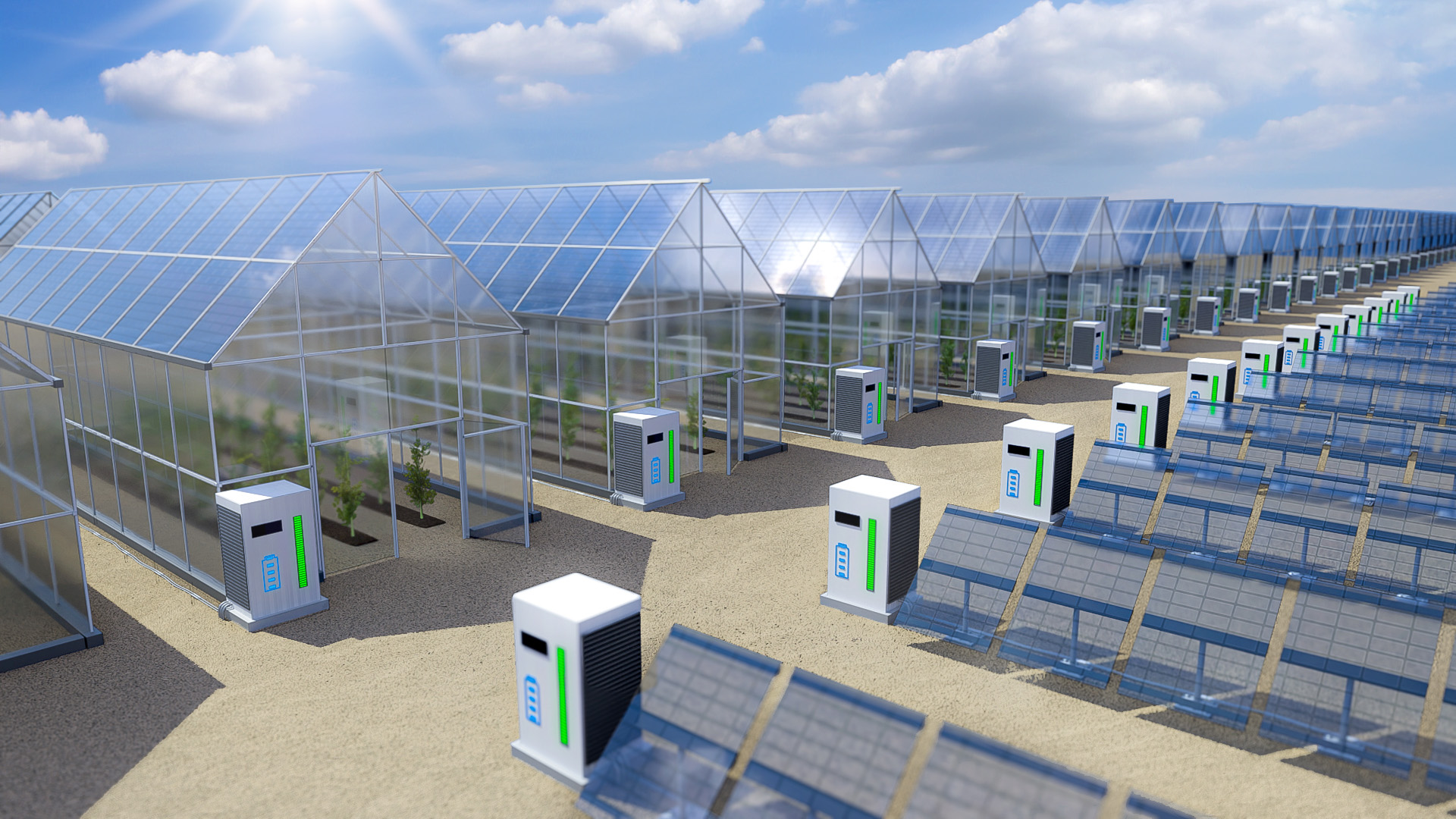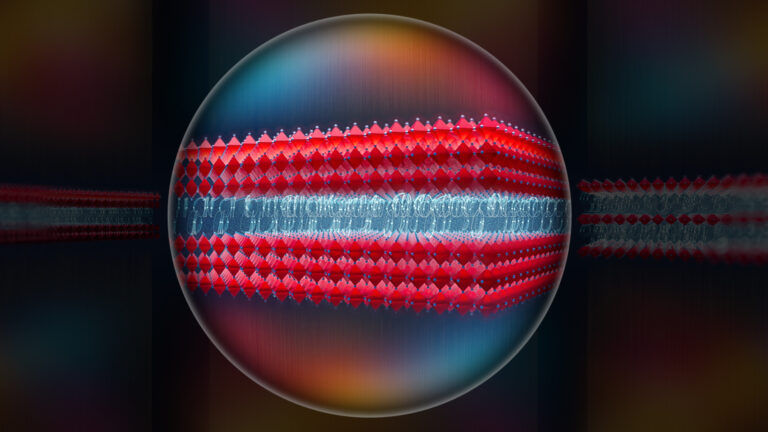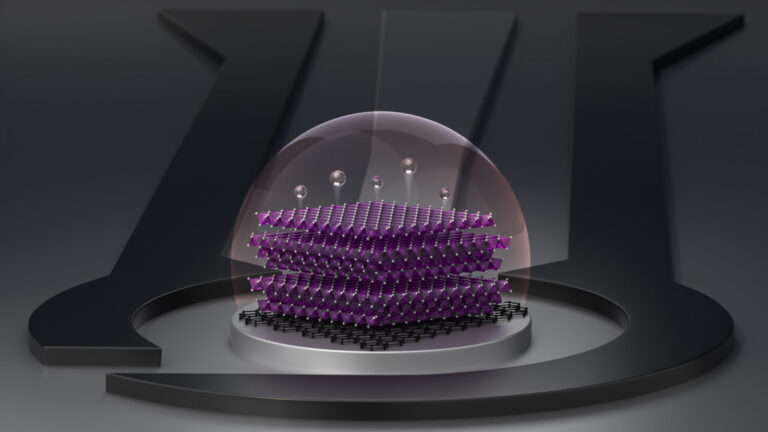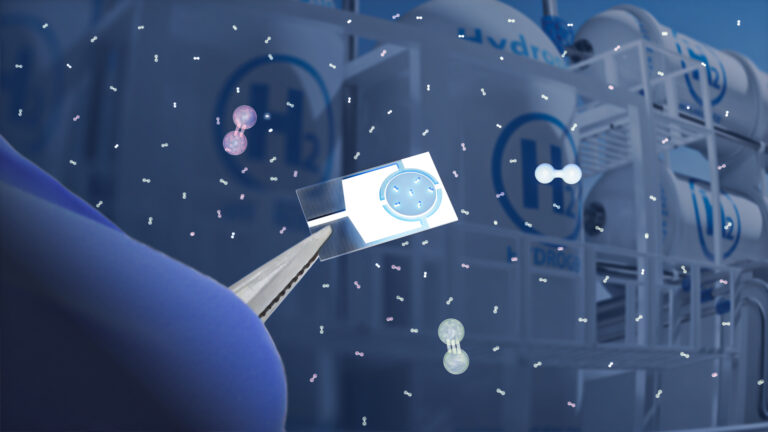Electrical Engineering | Material Science and Engineering
A shade closer to more efficient organic photovoltaics
Transparent solar cells utilize non-fullerene acceptors, merging efficiency with aesthetics for urban design transformation.

Transparent solar cells will transform the look of infrastructure by enabling many more surfaces to become solar panels. Now, materials called non-fullerene acceptors that can intrinsically generate charges when exposed to sunlight could make semitransparent organic photovoltaics easier to produce, a KAUST-led international team shows.[1]
Semitransparent photovoltaics are able to convert sunlight into electricity without blocking visible light. This makes them attractive for building integrated applications, such as windows, facades and greenhouses. Unlike traditional silicon-based cells, organic photovoltaics can be flexible and can also be tailored to be transparent. Yet the more transparent the solar cell, the less light it captures for producing electricity.
Organic solar cells typically rely on an active layer called a bulk heterojunction — comprised of electron donor and acceptor materials — to capture and convert sunlight. Upon contact, sunlight can excite electrons to higher energy states in the heterojunction, which creates electron–hole pairs, or excitons, that detach at the donor–acceptor interface. With this charge separation, the electrons migrate toward the acceptor, while the positively charged holes move toward the donor, generating electricity. Heterojunctions usually have equal amounts of donor and acceptor materials to promote light harvesting and conversion, but the devices are not transparent.
Over the last five years, non-fullerene acceptors have produced heterojunction-based devices with record-breaking efficiencies, nearing the 20% mark. However, researchers recently suggested that single-component films of the non-fullerene acceptor Y6 could generate charges without the need for a heterojunction when exposed to sunlight.[2]
Inspired by this finding, the team led by Derya Baran and postdoc Anirudh Sharma investigated charge generation in other non-fullerene acceptors. Similar to Y6, the acceptors, which strongly absorb near-infrared light, produced charges without a donor–acceptor interface. They did so because the exciton split spontaneously, which surprised the researchers.
“This challenges our understanding of how these devices operate and prompts a reevaluation,” Sharma says.
The researchers developed thermally stable semi-transparent organic photovoltaics using the near-infrared-absorbing acceptors. These are more transparent in the visible region, with or without a minimal amount of visible light-absorbing donor materials in a heterojunction.
In the absence of donor material, the devices performed poorly due to a limited charge separation. Donor addition enhanced the charge generation and hole migration towards the anode, improving efficiency. “This enabled us to make solar cells that are partially see-through, while still converting sunlight to electricity,” Sharma says.
Solar modules based on semitransparent devices resulted in 5.3% efficiency and 82% visible transmittance, indicating their high degree of transparency.
“We are now investigating next-generation non-fullerene acceptors at a fundamental level to understand their photophysics and how charge transport layers impact the overall performance of homo-junction devices,” Sharma says.
Reference
- Sharma, A., Gasparini, N. , Markina, A., Karuthedath, S., Gorenflot, J., Xu, H., Han, J., Balawi, A., Liu, W., Bryant, D., Bertrandie, J., Troughton, J., Paleti, S. H. K., Bristow, H., Laquai, F., Andrienko, D. & Baran, D. Semitransparent organic photovoltaics utilizing intrinsic charge generation in non-fullerene acceptors. Advanced Materials 39, 2305367 (2024).| article
- Price, M.B., Hume, P.A., Ilina, A., Wagner, I., Tamming, R. R., Thorn, K. E., Jiao, W., Goldingay, A., Conaghan, P. J., Lakhwani, G., Davis, N. J. L. K., Wang, Y., Xue, P., Lu, H., Chen, K., Zhan, X. & Hodgkiss, J. M. Free charge photogeneration in a single component high photovoltaic efficiency organic semiconductor. Nature Communications 13, 2827 (2022).| article
You might also like

Bioengineering
Sensing stress to keep plants safe

Computer Science
Sweat-sniffing sensor could make workouts smarter

Material Science and Engineering
Electron movie guides design of layered perovskite materials

Electrical Engineering
New tech detects dehydration by touching a screen

Material Science and Engineering
Remote region sensor for essential vitamin deficiency

Material Science and Engineering
Low-power hydrogen sensor detects leaks in an instant

Material Science and Engineering
Illuminating pathways to long-lived organic solar cells

Electrical Engineering




